- Learning time
- 10 minutes
- First play time
- 30 minutes
Tak
Designed by: James Ernest,Patrick Rothfuss
Tak is a two-player abstract game where both players are trying to build a road from one side of the board to the other, either north/south or east/west. The road can take any path – it doesn’t have to be straight – as long as it connects orthogonally, and is unbroken by opponent pieces.
Tak can be played on several boards, from 3×3 all the way up to 6×6 and comes with a two-sided board that contains all these options. Players get a certain number of standard pieces (depending on board size) and for the larger boards, they also get one capstone each: easily distinguishable by it’s ‘pawn’ shape.
Play begins by each side placing one of their opponent’s pieces first, and turns alternating there on in. On a turn you can place pieces, or move them. Placing is simply adding a piece to the board, and the only rule here is it must go on an empty space. Moving is slightly more complicated. You can move a piece (your own!) one space adjacent: to an empty space, on top of an opponent’s piece, or even on top of your own if you wish. In doing so you’ve created a stack: and stacks can also move: Whoever has the top piece on a stack can lift a certain amount (up to the top five in a 5×5 game) and move them: in one direction only. As long as you drop at least one piece on each square you pass, you can go as far, or as near as you like. As the game progresses these stacks can change the complexion of the game rapidly!
The other thing you can do with a standard piece is play it on its side as a wall. Walls are good for stopping opponents, as they can’t be jumped on to make a stack, but: they cannot form part of your own road.
Finally you can play your capstone, which is your strongest piece. It moves and joins stacks in exactly the same way, and can form part of your road too. But it cannot be jumped on by opponents, and it can flatten walls!
The guru's verdict
-
Take That!
Take That!
Heavy. The game is a strategic and tactical battle.
-
Fidget Factor!
Fidget Factor!
It really depends who and how you play. You can go with your gut, or play at more chess-like speeds.
-
Brain Burn!
Brain Burn!
Potentially high, but it's a pretty simple rule-set, so it's an accessible game. Chess comes to mind as one comparison though - the player who can think ahead and react best is the likely winner.
-
Again Again!
Again Again!
Although the rules are simple, and I suppose the experience of play doesn't have the variety of some themed board games, there's a huge amount of depth here.



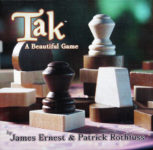
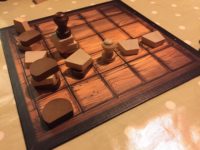

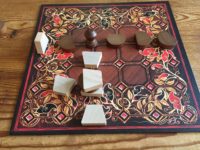
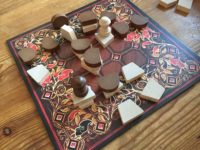
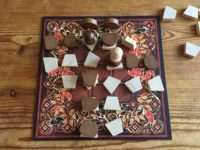


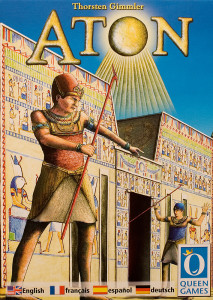
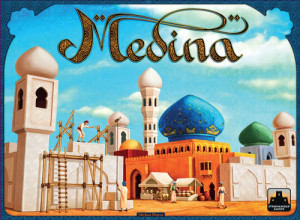
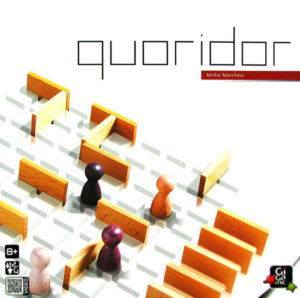
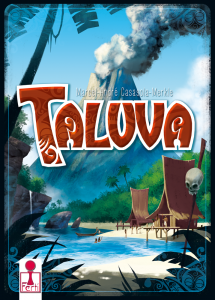
Sam says
The complexity mark here is for the rules. But like Chess, simple rules contain enormous variety and depth. I'm by no means a big fan of abstract games, but I am very impressed with Tak, not only as a tactical battle, but also for the potential the game has for the power to swing from one player to another. It reminds me of Hive - which I like - but whereas Hive can settle into a war of attrition where the eventual winner can be seen coming, our plays of Tak have thrown up surprises and big changes on the board from one clever move - I love that. Tak could have looked foolish referring to itself on the box as 'A beautiful game' but I do believe it is. We've put 30-60 for playtime but playtime is hugely variable, and can often be under ten minutes.